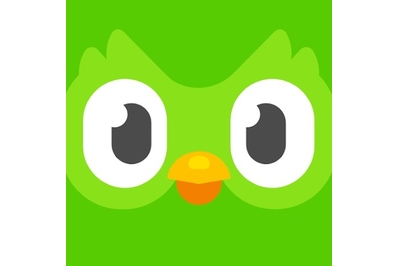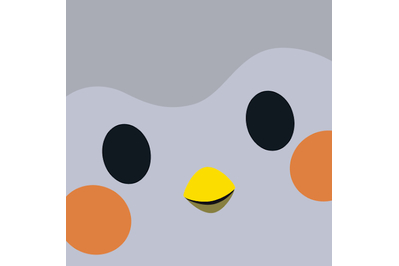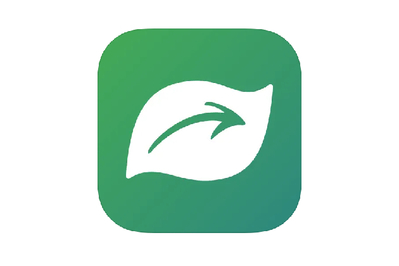
By Ellen Lee
Ellen Lee is a writer focused on baby and kid gear. She’s texted or called her kids from 27 devices.
If you give a kid their first phone, they’re going to ask for a social media app like TikTok.
And when they download TikTok, they’ll see a funny video that reminds them of a friend.
They’ll want to send a message to their friend, so they’ll likely ask to download another social media app like Snapchat.
And so it goes. In the classic picture book If You Give a Mouse a Cookie, all sorts of mischief follows after a child gives the hungry mouse a treat. It’s hard not to feel the same what-am-I-getting-into apprehension when you give your child their first phone, especially with the recent alarms that have been raised by the surgeon general, social psychologists, Congress, and others.
But giving a kid a phone doesn’t have to doom them to a lonely future of endless scrolling. As they begin carrying a tiny computer around in their pocket, they can also use it to navigate, discover, and engage with the world around them.
With millions of apps available, we looked for ones that encourage kids to get outside and explore, promote learning—in a fun way—and build healthy habits. (We also tested and recommend parental controls to help kids manage their screen time.)
Below is a mix of Wirecutter picks and staff favorites that our own tweens and teens have found compelling. It’s not an exhaustive list by any means, so please share your own favorites in the comments.
A fun language-learning app
Learn a new language through short, daily lessons.
Designed like a game, Duolingo (iOS and Android) offers daily mini lessons for close to 40 languages, including Spanish, Chinese, and Klingon. Though the jury’s out on how effective it is for mastering another language, it does make building familiarity with a new language fun and rewarding. You’re encouraged to keep up your streak by returning to the app each day—for better or worse, my teenage daughter frequently asks for more screen time just so she doesn’t break hers.
Wordy brain games
Play Wordle, the Mini Crossword, Spelling Bee, and other word and logic games.
We’d be remiss not to include our favorite puzzle app. The NYT Games app (iOS and Android) offers a collection of brain-exercising options, including Sudoku, Connections, and the Crossword. You can also keep track of your stats (such as your solve rate) and compete against your friends in the Mini Crossword.
A picture perfect tool
This free, intuitive app includes typically premium features, such as raw-file editing and selective editing.
Wirecutter’s pick for the best free photo editing app, Snapseed (iOS and Android), comes with a range of easy-to-learn tools that let you sharpen, brighten, and enhance your photos. For those who don’t have Instagram but want to play with their images, Snapseed offers a series of filters as well as other special effects such as “vintage” and “grunge” that can be applied to their photos. The ad-free app is made by Google, but it doesn’t require you to use Google Photos or upload your pictures to Google.
The best de-stressing app
This easy-to-navigate app has the largest variety of meditations, including plenty for newbies.
Headspace (iOS and Android), our pick for the best meditation app, comes with a series of guided meditation courses (broadly categorized as Meditation, Sleep, Movement, and Music) that can be soothing and instructive for teens juggling a lot of stress. It also offers sessions that address specific issues, such as “Finding Focus,” “In Pain SOS,” and “Creative Writing.” Headspace offers individual or family annual subscriptions. We also recommend a couple of free options in our guide to meditation apps.
The best free to-do list
This free app helps you keep track of all the things you need to do.
As their responsibilities increase, a productivity app like TickTick (iOS and Android) can help tweens and teens manage their growing list of projects, deadlines, and other obligations. Our pick for the best free To-Do List app, TickTick helps them organize and prioritize that list independently by visualizing what’s urgent and important—and what’s not.
A self-care pet
This cute app encourages you to take care of yourself as you take care of a digital pet.
Part self-care, part productivity, part digital pet, Finch (iOS and Android) lets you jot down daily goals—make your bed, drink water, do your homework—and rewards you when you complete them. As you take care of your tasks, reflect on your feelings, and send positive vibes to your friends (my daughter and her friends send each other preset messages like “high five” or “encouragement”), you collect digital currency that you can spend on decorating your pet’s home and buying them clothes and accessories. Along the way, Finch offers nuggets of encouragement and advice. And don’t worry: You can’t kill your digital pet, even if you neglect it for days (or weeks).
A naturalist in your pocket
Point your camera at a mystery plant, and this ad-free app can help identify it.
This free app can identify birds, plants, and other wildlife.
PlantNet Plant Identification (iOS and Android) and Seek by iNaturalist (iOS and Android) are great apps for curious kids as they’re out and about (or just in their own backyard). Using the phone’s camera, the PlantNet app—our pick for the best plant identification app—can quickly and accurately distinguish thousands of species of flora. Similarly, Seek taps into the iNaturalist database to help you pinpoint and learn more about local wildlife, plants, and even poop. Find out the taxonomy of a particular flower, the seasonality of a specific bird, or if others in your neighborhood have also spotted the same species of snake. We also like the iNaturalist app (iOS and Android), which lets budding citizen scientists contribute to projects.
The best homework scanner
This free app creates clean PDFs.
Whether for a research project or another homework assignment, Adobe Scan (iOS and Android), our pick for the best mobile scanning app, can be a useful tool for students. The free and easy-to-use app scans, saves, and creates PDFs of important documents, from a page in a book to a permission slip.
A fun way to connect
This fun party game poses intriguing questions for you and your friends to debate.
Wavelength (iOS and Android) isn’t a game you can play by yourself. A mobile version of one of our favorite board games, it requires you to connect and chat with another person (or more) as you weigh questions such as, “Are kangaroos cute?” Senior staff writer Melanie Pinola plays it with her teenage daughter remotely when they have lunch or other breaks at the same time. Each round is short (as little as 15 minutes) and the prompts—interesting and sometimes outrageous—can lead to long conversations even after the game is over.
This article was edited by Kalee Thompson and Catherine Kast.
Meet your guide
Ellen Lee is a senior staff writer covering baby and kid gear for Wirecutter. Her work has also appeared in The Atlantic, BBC, and Real Simple, and she was previously a staff writer for the San Francisco Chronicle. She is also the author of the (ADJECTIVE) Lunar New Year Mad Libs book. (We’re hoping you filled in the blank with “hilarious.”)











